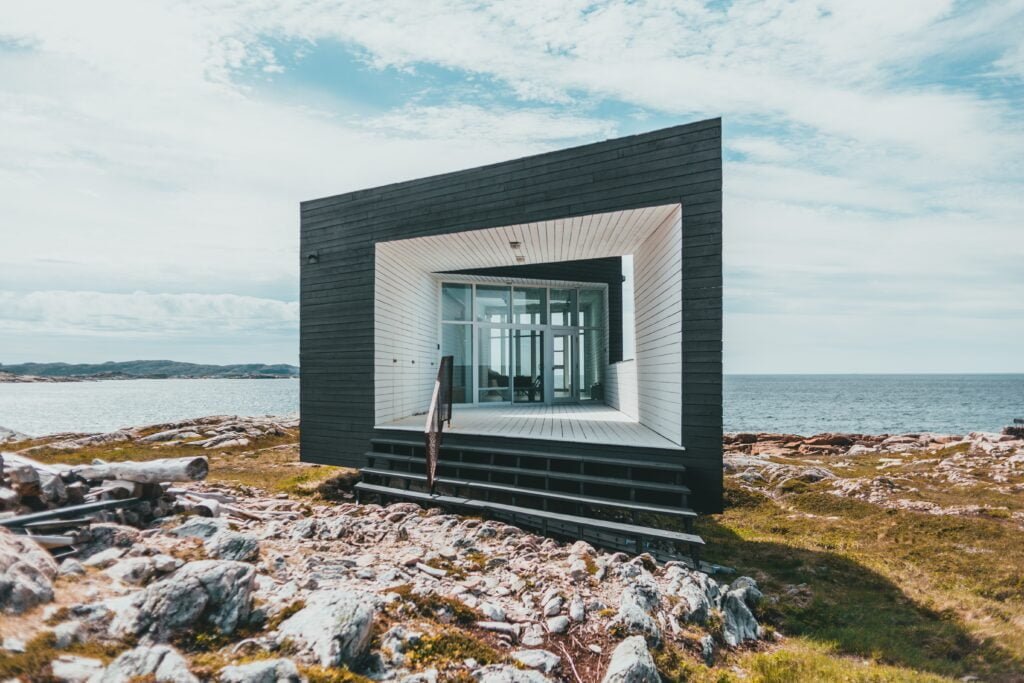Recently, the construction sector has been modernizing, with new technological solutions being applied that significantly speed up house construction. Innovations may entice and intrigue some, while others might view them with skepticism. After all, can a quickly constructed modular home really be as reliable as a building constructed with traditional methods that have been tested over many years? Let’s examine how modular homes are better and how they are inferior compared to traditional ones.
Attractive Innovations Gain Increasing Favor
A house has always been meant to protect from cold, wind, rain, and snow, and also be comfortable for living, i.e., it must accommodate everything necessary for human life. The aesthetic need to live in a beautiful and cozy environment is no less important. Another desired feature for every modern homeowner is the lowest possible cost without losing quality.
Modular homes indeed possess all these attributes and even have several additional modern features. These include sustainability, energy efficiency, adaptability to various purposes and conditions. Let’s examine the main aspects.
Sustainability
This is increasingly valued in various fields, and construction is no exception. Therefore, modular buildings are made from ecological materials, and their overall design is adapted to use resources as sparingly as possible. They often incorporate solar panels, rainwater collection systems, etc. Minimal construction waste is left after building these homes, which can usually be easily recycled.
Low Cost and Short Construction Time
Compared to traditional construction, modular buildings are much cheaper. They are assembled on-site from modules prepared in factories. This saves a considerable amount of materials (no need for cutting, shortening, etc.) and time, as fewer people are needed for house construction. All of this significantly reduces the overall construction cost, making these buildings increasingly attractive to many people.
Adaptability
This is another very attractive feature. Modular buildings are designed in factories. You can choose from already prepared projects or order a house with a personal layout and design. An extension or garage can be easily added to an already built house.
High Quality
Since the structural parts of these homes – the modules – are built in a factory, not in the open air, it’s very easy to ensure strict quality control throughout the process.
Energy Efficiency
All modular homes are designed with energy consumption efficiency in mind. The walls use materials with good thermal properties, and assembling modules creates very few joints. Such a house is very airtight. It’s easy to heat in winter, and it releases heat into the environment very slowly. When designing such homes, efforts are made to ensure large windows maximize daylight use and reduce the need for artificial lighting.
Durability
Modular homes are made of high-quality, long-lasting materials. They are designed to withstand strong winds, heavy snow loads, and other adverse environmental conditions. They can stand on mountain slopes, constantly buffeted by winds.
Mobility
Of course, these buildings, like traditional ones, are adapted to stand in one place for many years, caring for the comfort and well-being of their inhabitants. However, there are situations when a house needs to be moved to another location. If such a need is anticipated, you can choose a modular building that will be easy to transport elsewhere. Modular homes are significantly more mobile than traditional ones.
Disadvantages of Modular Homes
Disadvantages may arise if the building is assembled unprofessionally, but this is a rare case. Companies that manufacture such homes always strive to ensure high quality and provide warranties – and we do the same. Perhaps some may still be frightened by the short construction terms, but this is only until they understand the reasons behind them (which we have already mentioned).
